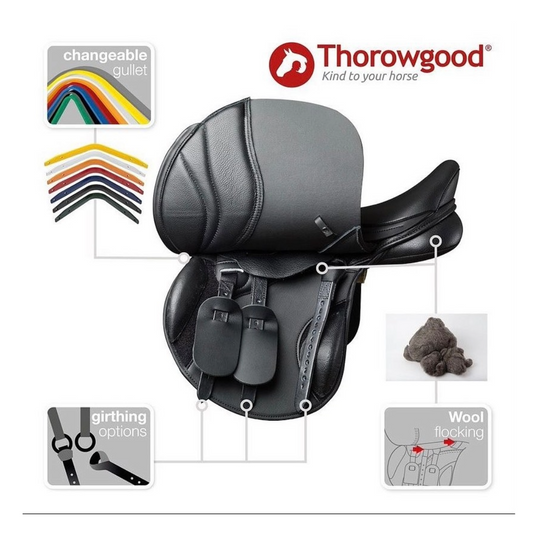News

Decoding the 600 Denier vs. 1200 Denier Mystery
Horse Rugs: Decoding the 600 Denier vs. 1200 Denier Mystery In the world of equine care, choosing the right gear for your beloved horse is crucial. Aitken's Saddlery understands the...
Decoding the 600 Denier vs. 1200 Denier Mystery
Horse Rugs: Decoding the 600 Denier vs. 1200 Denier Mystery In the world of equine care, choosing the right gear for your beloved horse is crucial. Aitken's Saddlery understands the...

When to Replace Girth Points
When to Replace Girth Points with Aitken's Saddlery For passionate equestrians, the bond between rider and horse is something truly special. Ensuring the comfort and safety of both rider and...
When to Replace Girth Points
When to Replace Girth Points with Aitken's Saddlery For passionate equestrians, the bond between rider and horse is something truly special. Ensuring the comfort and safety of both rider and...

Outfitting a Horse Float: Essentials for Safe a...
Outfitting a Horse Float: Essentials for Safe and Comfortable Travel Embarking on new adventures with your horse is an exciting journey, especially when you've just acquired your own horse float....
Outfitting a Horse Float: Essentials for Safe a...
Outfitting a Horse Float: Essentials for Safe and Comfortable Travel Embarking on new adventures with your horse is an exciting journey, especially when you've just acquired your own horse float....

A Comprehensive Guide to Fly and Mosquito Control
Defending Your Equine Companions: A Comprehensive Guide to Fly and Mosquito Control As much as horses enjoy the soothing touch of a well-scratched face, the relentless annoyance of buzzing insects...
A Comprehensive Guide to Fly and Mosquito Control
Defending Your Equine Companions: A Comprehensive Guide to Fly and Mosquito Control As much as horses enjoy the soothing touch of a well-scratched face, the relentless annoyance of buzzing insects...

Battling Rain Scald in Horses: A Guide to Treat...
Battling Rain Scald in Horses: A Guide to Treatment and Prevention After a particularly wet summer, many horse owners may find their equine companions grappling with the common skin condition...
Battling Rain Scald in Horses: A Guide to Treat...
Battling Rain Scald in Horses: A Guide to Treatment and Prevention After a particularly wet summer, many horse owners may find their equine companions grappling with the common skin condition...

How to care for a Thorowgood Saddle
How to care for a Thorowgood Saddle There are many reasons a Thorowgood saddle makes an excellent choice for a first-time horse owner, so it follows that not all our...
How to care for a Thorowgood Saddle
How to care for a Thorowgood Saddle There are many reasons a Thorowgood saddle makes an excellent choice for a first-time horse owner, so it follows that not all our...
